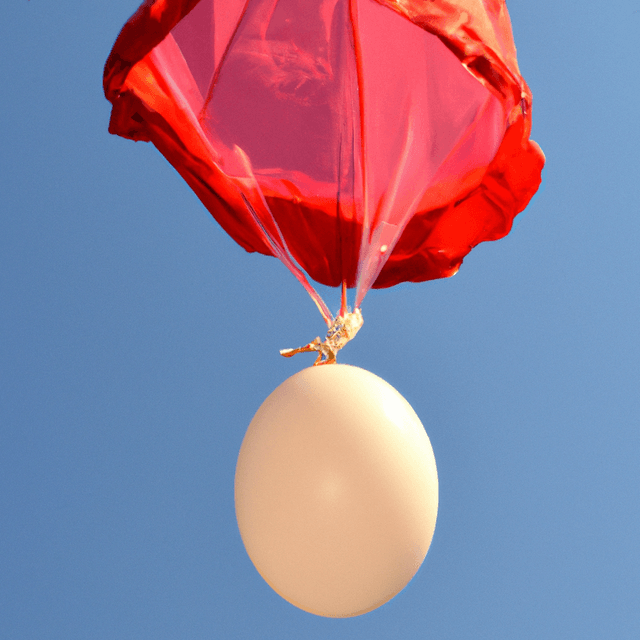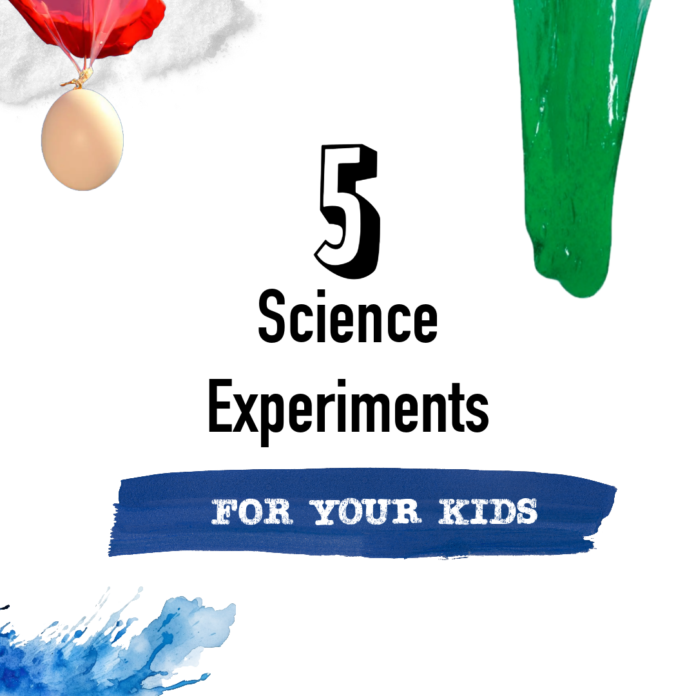Introduction
Physics is a fascinating subject that explores the fundamental laws governing the universe. Teaching physics to kids can be a challenging task, but incorporating exciting experiments can make the learning process enjoyable and engaging. In this blog post, we will explore five amazing physics experiments that you can conduct with your kids. These experiments will not only spark their curiosity but also help them understand various principles of physics in a hands-on manner.
Experiment 1: Balloon Rocket
The balloon rocket experiment is a simple yet captivating way to demonstrate Newton’s third law of motion. To conduct this experiment, you will need a long string, a straw, tape, and a balloon. Start by tying one end of the string to a stationary object, such as a doorknob. Thread the straw onto the string and secure it with tape. Inflate the balloon and attach it to the straw. Now, let go of the balloon, and watch as it zooms along the string. This happens because the air escaping from the balloon in one direction propels the balloon in the opposite direction, according to Newton’s third law.

Experiment 2: Water Bottle Fountain
The water bottle fountain experiment demonstrates the properties of air pressure and fluid dynamics. For this experiment, you will need an empty plastic water bottle, a balloon, and water. Fill the bottle halfway with water and stretch the opening of the balloon over the bottle’s mouth. Make sure it is securely sealed. Now, squeeze the bottle and observe what happens. The pressure exerted by squeezing the bottle forces the water up through the balloon, creating a fountain-like effect. This experiment showcases how air pressure can influence the movement of fluids.
Experiment 3: Egg Drop
The egg drop experiment is a classic physics activity that teaches kids about the concept of momentum and the importance of cushioning. You will need a raw egg, various materials for cushioning (such as cotton balls, bubble wrap, or foam), and a tall structure (e.g., staircase or ladder). Encourage your child to design a contraption that will protect the egg from breaking when dropped from a height. They can use the materials to create a cushioning system around the egg. After constructing their contraption, have them drop it from the designated height and observe if the egg survives the fall. This experiment illustrates the principle of momentum transfer and the importance of energy absorption in preventing damage.

Experiment 4: Magnetic Fields
The magnetic fields experiment helps children understand the concept of magnetism and how it interacts with other objects. You will need a bar magnet, various objects (such as paper clips, coins, or aluminum foil), and a clear container filled with water. Start by placing the magnet at the bottom of the container. Next, drop different objects into the water and observe their behavior. Some objects will be attracted to the magnet, while others will not. This experiment demonstrates how magnetic fields can influence the motion of certain materials and introduces kids to the concept of magnetic forces.

Experiment 5: Slime Science
The slime science experiment combines physics and chemistry to create a fascinating substance that exhibits both solid and liquid properties. You will need glue, liquid starch, water, and food coloring (optional). Begin by mixing equal parts glue and water in a bowl. If desired, add food coloring for a more vibrant slime. Gradually add liquid starch while stirring until the mixture forms a slimy consistency. Kids can then stretch, squish, and experiment with the slime, observing its unique behavior. This experiment introduces concepts like viscosity, polymers, and non-Newtonian fluids, making it an exciting way to explore the properties of matter.

Conclusion
Physics experiments provide an excellent opportunity for kids to explore the fundamental principles of the subject in a fun and interactive manner. The balloon rocket experiment demonstrates Newton’s third law of motion, while the water bottle fountain experiment showcases air pressure and fluid dynamics. The egg drop experiment teaches about momentum and energy absorption, and the magnetic fields experiment introduces the concept of magnetism. Lastly, the slime science experiment combines physics and chemistry to create a fascinating substance. By conducting these experiments, you can nurture your child’s curiosity and make physics an enjoyable learning experience.
In wrapping up our exploration of these exciting physics experiments for kids, I’d like to share a valuable resource that can elevate your at-home science adventures. MEL Science offers curated monthly kits, delivering hands-on experiments right to your doorstep. Their kits provide a hassle-free way to delve deeper into the wonders of physics, making learning a captivating experience for both kids and parents alike. Incorporating these kits into your experimentation routine can transform ordinary afternoons into extraordinary learning opportunities. Happy experimenting!


